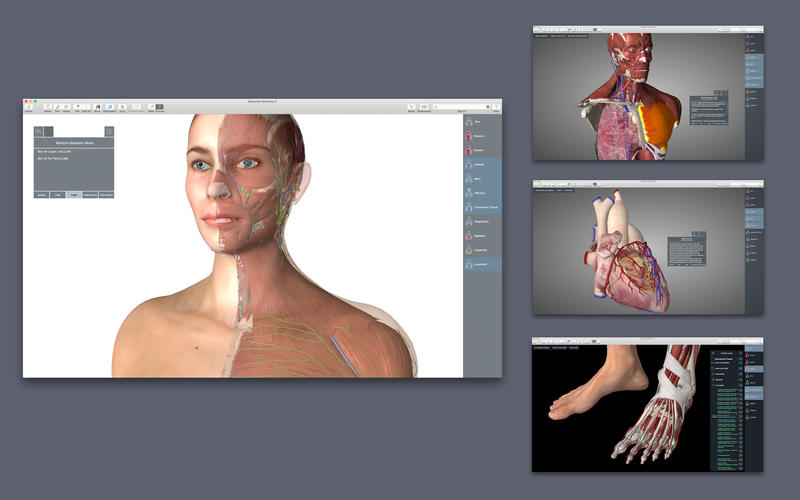
Although images are not distorted, the size of images are not consistent. It would help if subsections of each chapter were identified with numbers, for example Ch. However, figures and tables are labeled with a number. Adding more images to this this textbook would help students find the text they are looking for as many students in anatomy and physiology are visual learners. The first three sections (Levels of Organization, Support and Movement, and Regulation, Integration and Control) can be covered in the first semester of a two-semester course. Topics are organized in a logical fashion.

This may not be due to the explanations being longer, however there are more gray box discussion for some sections. Some pages are longer than others and having to scroll down a long page of test is off putting. Sections are well organized with proper units, chapters and subsections. Some features, such as development of the lymphatic and digestive systems are missing and are present for other chapters. Most tables are complete, however some offer vague summaries of terms/concepts (for example, the Summary of Ventilation Regulation table does not clearly summarize the functions of each respiratory system component). Some figures would benefit from more color since they are mainly black, white and gray. There is a good balance of figures, tables and pictures. Throughout the text there are gray boxes that feature videos, diseases and clinical connections which help students learn by connecting topics to real-life situations. It is also a good idea to use videos to complement the explanations in the text. Although the book does not go deep into explaining some topics, it is an opportunity for the instructor to add to the information in their notes/lectures. It would be helpful to students if answers to Review and Critical Thinking questions were made available at the end of each chapter. For example, it is stated that another name for Leydig cells are interstitial cells because of their location in the testes. Alternate terms for cells and structures are included. Tables and figures are used to clarify terms and concepts. Explanations are clear and easy to understand. Learning outcomes are listed at the start of each chapter. Over the years YouTube videos may be taken down. An important consideration is that links to external sources and videos should still be active in the future. However, the gold standard exams and laboratory values are already included in the book.

Perhaps the figures of diagnostic tests will be changed for new medical technology that becomes available. This textbook is up to date as anatomy and physiology do not come across major changes year-to-year. I find the content to be accurate and unbiased. However, since anatomy and physiology is a visual heavy course, there should be more additions. The images, figures and tables are easy to understand and logically placed.
Although the topics are simple to understand, there are some which require more elaboration as some students may be missing a general biology background. These would be freshmen and sophomores taking this as their first science course. Topics are appropriate for a 2000 level course. However, the "Search this book" search box makes it convenient to look up a term. It is easier to search for terms in a glossary at the end of the textbook. There isn't a glossary but a key terms section at the end of each chapter. For example, mitosis is included but not meiosis. The index is adequate, however it is missing some terms/concepts. The sequence of units and chapters flow in a logical manner. This text covers all the required topics for a two-semester anatomy and physiology course. Reviewed by Jorge Canchola, Lecturer II, University of Texas Rio Grande Valley on 12/13/21 Journalism, Media Studies & Communications.


 0 kommentar(er)
0 kommentar(er)
